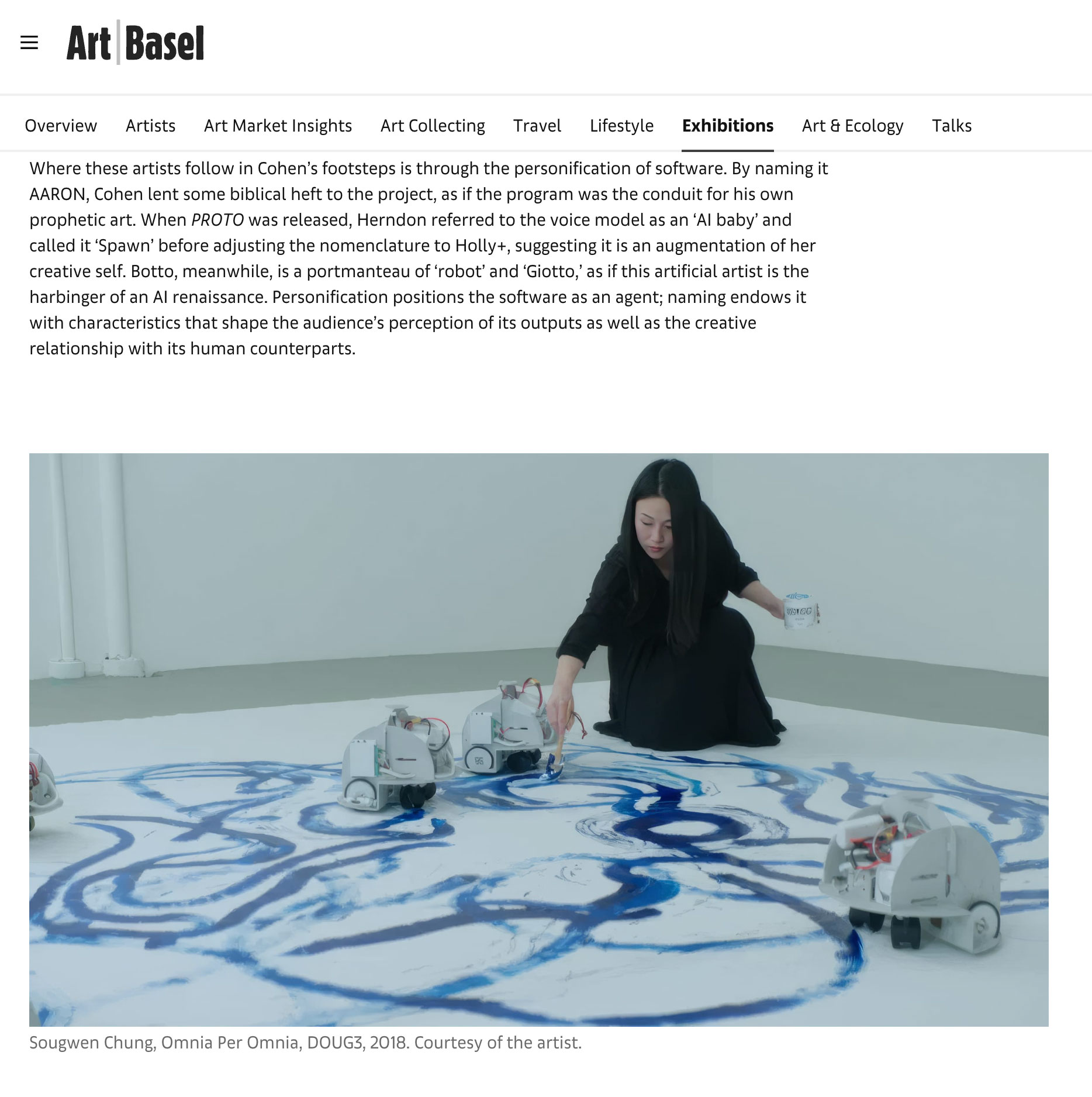With his art-making software dating back to the 1960s, the programmer and artist paved the way for today’s confluence of art and technology
Is artificial intelligence a tool to be used by humans to creative ends or is it a creative agent in its own right? The late artist and programmer Harold Cohen considered these questions in his 1973 essay ‘Parallel to Perception’ and articulated a position shared by many artists working with AI today: ‘Tools generally serve to extend or to delimit various human functions,’ he wrote, ‘but of all the many tools invented by man only the computer has the power to perform functions which parallel those of the mind itself, and its autonomy is thus not entirely illusory.’ In other words, the computer can play a more independent role in the creative process than, say, a paintbrush or a camera.
Cohen proved this point artistically with his best-known project ‘AARON’, an art-making software he conceived in the late 1960s and developed until his death in 2016. As explored in ‘Harold Cohen: AARON’, a new exhibition at the Whitney Museum of American Art in New York, Cohen designed AARON specifically so that the software, and thus the machine running it, could make decisions with as little human input as possible. Today, AARON is known as the earliest example of an art-making AI. Reflecting on AARON’s relative simplicity, in comparison to the AI models used by contemporary artists, can show us how far we have come, but also what has remained constant.
